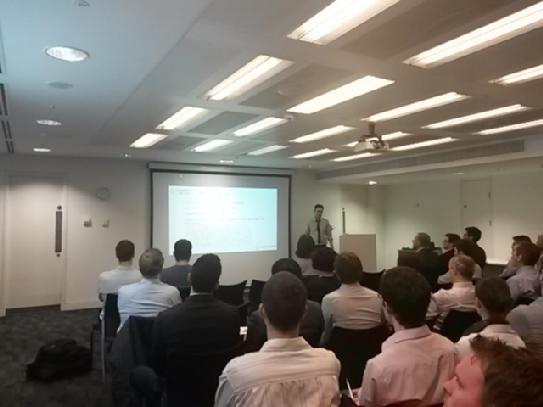
As part of Engineers Ireland GB’s programme of events, two members of the Beckett Rankine team took part in a presentation on the Past, Present and Future of Passenger Services on the River Thames, the talk was given in conjunction with London River Services and Avery Architects on 9 April at TfL’s Palestra House in Blackfriars.
The presentation opened with our Maurice Kerr giving a brief history of passenger transport on the river, charting its’ history from the time when the Thames was London’s major transport thoroughfare, through to the nineteenth and twentieth centuries when river use declined. Maurice then explained the new twenty-first century initiatives that have embraced the use of the river for passenger transportation again.
Andrew Thompson from London River Services outlined their current pier operations and how they plan to respond to the River Action Plan, a major initiative introduced in 2013 by Transport for London (TfL) and the Mayor of London. The plan outlines the future for passenger services on the Thames and aims to increase passenger numbers on the Thames from 6 to 12 million per year by 2020. To do this requires development of a strategic pier network and positioning the river as an integral part of London life. LRS, a subsidiary of TfL and operator of 8 piers along the Thames, will extend three of its piers at Westminster, Embankment and Bankside.
An overview of these planned pier extensions was then presented by our Matthew Gaston together with Anthony Carlile from Avery Associates Architects, representatives of the Engineering and Architectural design team working on the project. Matthew’s presentation included a discussion of the basis of design, key constraints and proposed solutions including consideration of the individual localities, navigational risk, access and usability. Anthony also explored the changing aesthetics of the most recent river architecture and how it has changed the river landscape.
 |
 |
 |



